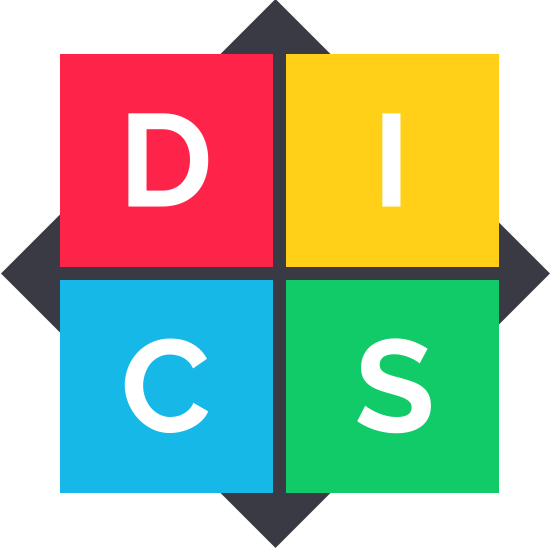What is the DISC 24X7 ?
What is it that causes you to move into action ? What are the drivers of your behavior ? What activities, careers, and conversations inspire a “passion” within you, causing you to want to become involved ?
The DISC© assessment measures four dimensions of behaviour, which are each associated with a behavioural style :
How you respond to problems or challenges : Dominance
How you influence others to your point of view : Influence
How you respond to the pace of you environment : Steadiness
How you respond to rules and procedures : Compliance
The Motivators Assessment measures and evaluates the seven motivational dimensions that are present in each of us.
How does it help you ?
What does the DISC profile measure?
SKILLS
Type of needs
Hover your mouse over the eyes to know more

Combining DISC and Motivators
By taking into account your needs and motivations, you can adapt your behaviour to better interact with others. We provide different versions based on your needs and problems.




